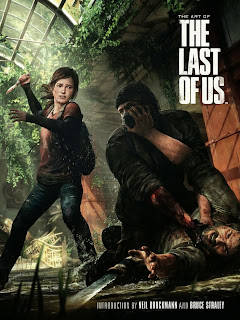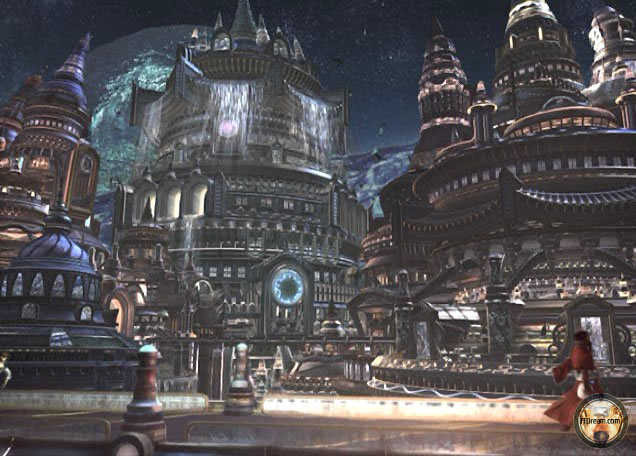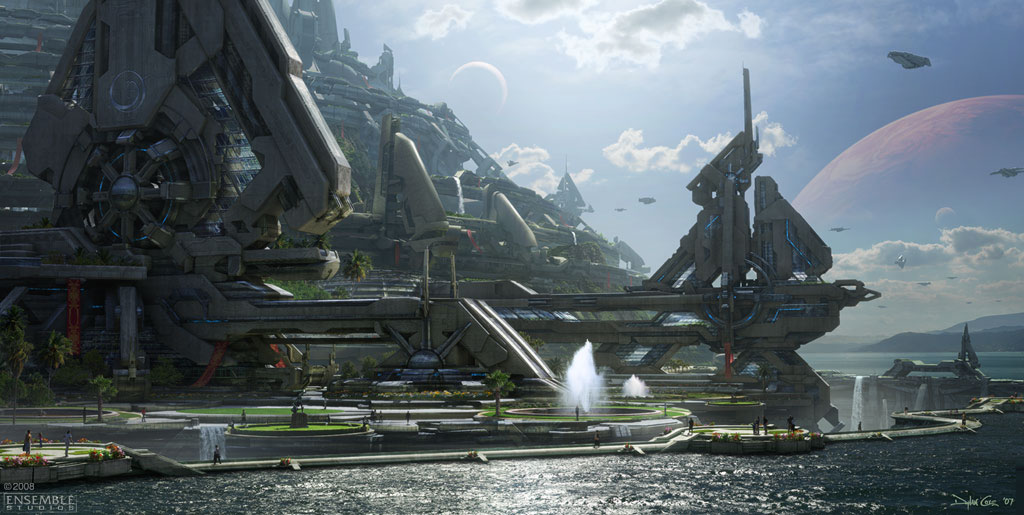Level
design is a much more intricate aspect of game design then first thought. It’s
creating a world, and essentially playing god. Particulaly when designing
natural environments. These must have flow, that of which would be believable
and something people could relate to in nature and the world around them. But
also enhance the experience for the player.
Level design can easily get caught up in being about visuals, how the world and environments look. However it is much more then that. Granted a designer must create an atmosphere or a mood to add to the eventual gaming experience. But building the structure and machanics of a level is a much more technical trait, one that will eventually have to intergrate with visuals and composition.
Some companies allow untextured levels to be played in order to test and explore the work so far. This helps remove all distractions that comes with textures and effects in order to only judge and critique the flow of the level design as a structure. A level should also be accustomed to the desired gameplay, for instance, explorative games need to be quite broad and not too confined, whereas a first person shooter game, would benefiit from corners, internal and intricate structures to add to gameplay.
Level design can easily get caught up in being about visuals, how the world and environments look. However it is much more then that. Granted a designer must create an atmosphere or a mood to add to the eventual gaming experience. But building the structure and machanics of a level is a much more technical trait, one that will eventually have to intergrate with visuals and composition.
Some companies allow untextured levels to be played in order to test and explore the work so far. This helps remove all distractions that comes with textures and effects in order to only judge and critique the flow of the level design as a structure. A level should also be accustomed to the desired gameplay, for instance, explorative games need to be quite broad and not too confined, whereas a first person shooter game, would benefiit from corners, internal and intricate structures to add to gameplay.
This blog post discuss’ and explores the level design of the
game Portal. A very heavily puzzle based level design, that engages the player
to use their full capability in order to work out how to progress in the game.
But obviously looking at games such as The Last of Us (again, I’m sorry but I damn well love this game!!) Shadow of the Colossus, Assassins Creed, Dark Sous etc. Level design has become a lot broader but still all the more intricate. There are bigger worlds to be explored allowing for broader gameplay. In games such as Skyrim and World of Warcraft, there is so much vast and barren landscape, that wouldn’t require a lot of intricacy, but still need to be controlled. However, the textures and effects created in the game engine, would be what would sell the level design and indeed, the game itself. This is why further understanding of utilising 3D space is so crucial in modern game. So much knowledge and understanding of game mechanics is required in order to make a successful level. Fundamentals are key before dressing up a level with textures can even be considered; functionality of the world comes first and is the responsibility of a level designer.
















.jpg)





.jpg)




+concept+sheet.jpg)

















